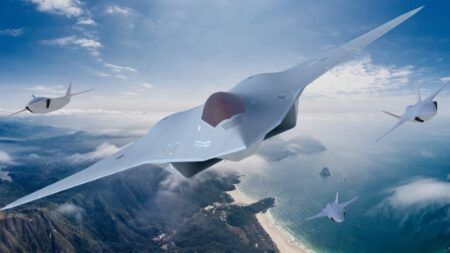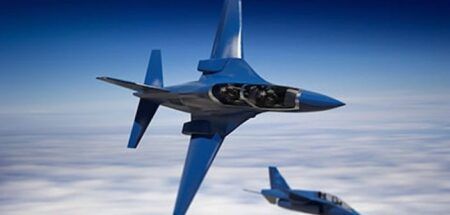The F-35 Integrated Test Force (ITF) at Edwards Air Force Base, California, has completed 25 missions, comprising 12 weapons delivery accuracy (WDA) and 13 weapon separation tests as part of a month-long weapons firing test surge.
During this unprecedented surge, 30 weapons were dropped or fired, including the Joint Direct Attack Munition, AIM-120 advanced medium range air-to-air missile (AMRAAM), GPS-guided 250lb Small Diameter Bomb, AIM-9X Sidewinder air-to-air heat-seeking missile, and GPS/laser-guided munition.
Historically, WDAs occur once a month given the complexities of the required coordination. The highest total previously accomplished in a month was three, in November 2014 during F-35-2B software testing.
These successful recent tests — performed using the F-35’s newest block 3F software — demonstrated the accuracy of the aircraft’s systems. Five of the tests required multiple weapons drops.
The F-35 weapons test team was given exclusive use of the Sea Test Range, an instrumented Pacific Ocean test area off the central California coast near Point Mugu Naval Air Station. Testing also occurred at the US Navy’s China Lake weapons range, California, and the White Sands Missile Range, New Mexico.
The US Marine Corps declared the F-35B combat-ready (IOC) in July 2015; the US Air Force declared F-35A IOC on August 2, 2016; and the US Navy intends to attain F-35C IOC in 2018. More than 200 F-35s have flown in excess of 66,000 fleet-wide hours, with over 300 F-35 pilots and 3,000 maintainers trained to operate and support this next-generation aircraft.
August 26, 2016




